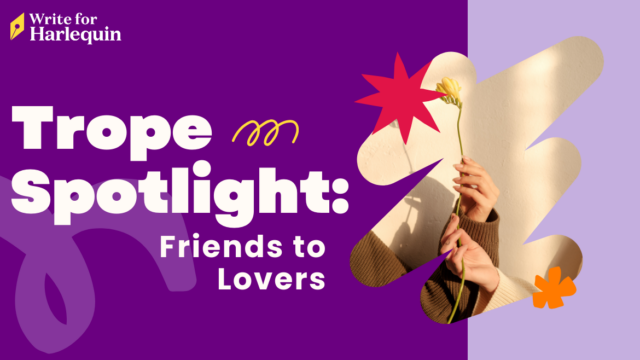 By Rhonda Helms, Carina Editor
By Rhonda Helms, Carina Editor
We’re all aware that dialogue is a vital part of a story. We get to know characters, learn key information about the plot, snicker at jokes, cringe from awkward confessions, and even swoon with romantic lines. Nailing dialogue in your manuscript can help you hook an editor, fast.
Here are my do’s and don’t’s for making sure dialogue rings true and fits the story:
- Snip that info dump! As an editor, I see this a lot, authors using dialogue exchanges to relay information to the reader. I’ve heard people call it the “as you know, Bob” syndrome. If your characters are telling each other stuff they both already know (“As you know, Bob, our father ran away with his secretary last year”), then it’s not reading realistically. In fact, it’s kind of annoying and even weird in real life when people do this to us, right? So find a better way to layer in key story information—preferably in the narrative, and only when it’s relevant to helping us understand your current scene.
- Watch for proper name/job title/nickname abuse. People rarely say each other’s proper names or job titles (sir, Doctor, Officer, Detective, etc.) when we’re speaking, so keep use of those sparing. And when your character is using a pet name/nickname far too often, it comes across as inauthentic and even cheesy.
- Contractions matter. I typically see this in sci-fi, fantasy, or historical submissions, the utter lack of contractions. While it may be tempting to avoid contractions to make a character sound fancy, intelligent or foreign, more often than not it makes them sound stilted and can create awkward dialogue. Please, use contractions—love an editor. 😉
- Make sure your characters sound different. If we strip out your narrative, your dialogue tags, can we essentially tell who’s speaking based on your dialogue alone? There are lots of ways to help your characters feel unique—keep in mind their gender, age, location, education level, etc., and layer those distinguishing touches into their speeches. That said, think of it as seasoning. It’s easy to veer too far and make your character hard to understand or, worse, clichéd or stereotypical.
- Careful of…overuse of…ellipses… Characters tend to drawl off, to stop and start sentences. I get it; that’s realistic. We all do it. But too many ellipses make your character sound goofy at best, and asthmatic at worst. “But…I just…love…your eyes…” It sounds like that person is drawing a deep breath every word or two. Someone give him or her an inhaler! Lol. Yes, an exaggerated example, but I do see ellipsis abuse in dialogue quite a bit.
- Dialogue should be realistic, yes, but not boringly so. Think about how real people talk and borrow those elements, but make sure to keep your dialogue interesting and compelling and purposeful. We don’t want boring back-and-forth about how someone’s day is going, or people rambling about other things that don’t matter to your plot. And be careful about having one character go on and on without a break in the prose. People interrupt each other—how often does someone in real life actually speak for paragraphs on end without anyone else doing or saying something in response? Also, we know that people repeat themselves, or go off on tangents all the time. So use those elements in your dialogue, of course, but sparingly. Purposefully. Pepper them in, and keep that pacing tight, your narrative focused.
- Make dialogue tags your friend—a casual friend you don’t overuse, that is. 😉 Dialogue is more than just the words being spoken. It’s the manner in which those words are spoken. It’s the facial expressions and body language of the speaker, the emotions manifesting in the body while talking. You can use dialogue tags, and the narrative around the dialogue, to convey what’s not being said in the words themselves. But be careful about repeating yourself. If a character is saying something that sounds angry, no need to also say that the person said it angrily. Trust your dialogue, and/or the way you show the anger in the character’s body language, to convey that emotion. Also, don’t be afraid to stick to a simple “said” for your tag, but if you do go beyond that into something more descriptive, don’t go overboard with it.
- Watch for parroting/echoing dialogue. I see this so, soooo much, characters repeating each other. It slows your pacing and can even make your characters sound like they’re not that intelligent. “I washed your car,” he said. “You washed my car?” she asked. Characters don’t need to echo each other unless it’s for intentional purpose, because it can get annoying, fast. So if you use it, that’s totally fine, but I suggest you keep it very, very sparing.
This content was originally posted on CarinaPress.com. You can find it, and more posts in the From the Editor’s Desk series, here: https://carinapress.com/blog/tag/editors/
Join the conversation on Twitter with the hashtag #SYTYCW15, and follow @HarlequinSYTYCW.




